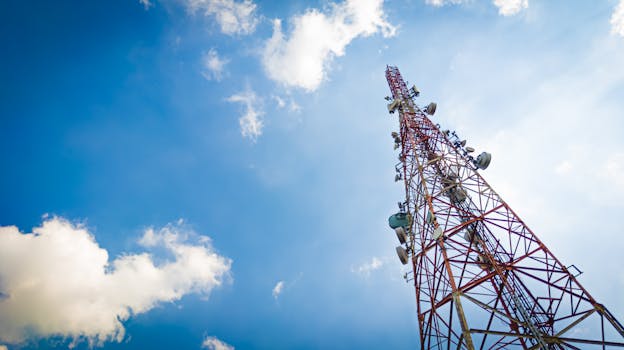
GEO Satellites: Introduction to Geostationary Orbit
GEO satellites, or Geostationary Orbit satellites, are a type of satellite that orbits the Earth at an altitude of approximately 36,000 kilometers, allowing them to remain stationary relative to a fixed point on the planet. This unique characteristic enables GEO satellites to provide continuous coverage of a specific region, making them ideal for a variety of applications, including telecommunications, weather forecasting, and navigation. The focus keyword GEO satellites is essential in understanding the technology and applications of these satellites.
The concept of GEO satellites was first proposed by science fiction writer Arthur C. Clarke in 1945, and the first GEO satellite, Syncom 2, was launched in 1963. Since then, hundreds of GEO satellites have been launched, providing a wide range of services, including television broadcasting, internet connectivity, and mobile communications. The technology behind GEO satellites has evolved significantly over the years, with advancements in materials, propulsion systems, and instrumentation enabling the development of more efficient and capable satellites.
How GEO Satellites Work
GEO satellites work by using a combination of propulsion systems and gravitational forces to maintain their orbit. The satellites are typically launched into a geostationary transfer orbit (GTO) using a rocket, and then use their onboard propulsion systems to circularize their orbit and reach their final position. Once in orbit, the satellites use a combination of solar panels and batteries to generate power, and a system of antennas and transponders to receive and transmit signals.
The signals transmitted by GEO satellites are received by ground stations or other satellites, and can be used for a variety of purposes, including television broadcasting, internet connectivity, and mobile communications. The satellites can also be used to collect data on weather patterns, ocean currents, and other environmental factors, providing valuable insights for scientists and policymakers. The applications of GEO satellites are vast and continue to expand as technology advances.
Applications of GEO Satellites
GEO satellites have a wide range of applications, including telecommunications, weather forecasting, navigation, and Earth observation. In telecommunications, GEO satellites are used to provide internet connectivity, mobile communications, and television broadcasting to remote or underserved areas. They are also used to provide backup connectivity in the event of a disaster or outage, ensuring that critical communications infrastructure remains operational.
In weather forecasting, GEO satellites are used to collect data on cloud patterns, precipitation, and other weather phenomena, providing valuable insights for meteorologists and enabling more accurate weather forecasts. In navigation, GEO satellites are used to provide location information and timing signals, enabling the development of accurate and reliable navigation systems. In Earth observation, GEO satellites are used to collect data on environmental factors, such as deforestation, ocean currents, and climate change, providing valuable insights for scientists and policymakers.
Challenges and Future Developments
Despite the many benefits of GEO satellites, there are also several challenges associated with their use. One of the main challenges is the risk of collisions with other satellites or space debris, which can cause significant damage and disrupt critical communications infrastructure. Another challenge is the limited availability of orbital slots, which can make it difficult for new satellites to be launched and operated.
To address these challenges, researchers and developers are working on new technologies and strategies, such as advanced propulsion systems, more efficient instrumentation, and improved collision avoidance systems. They are also exploring new applications for GEO satellites, such as providing connectivity for the Internet of Things (IoT) and enabling the development of more accurate and reliable navigation systems. The future of GEO satellites is promising, with ongoing research and development aimed at improving their capabilities and expanding their applications.


